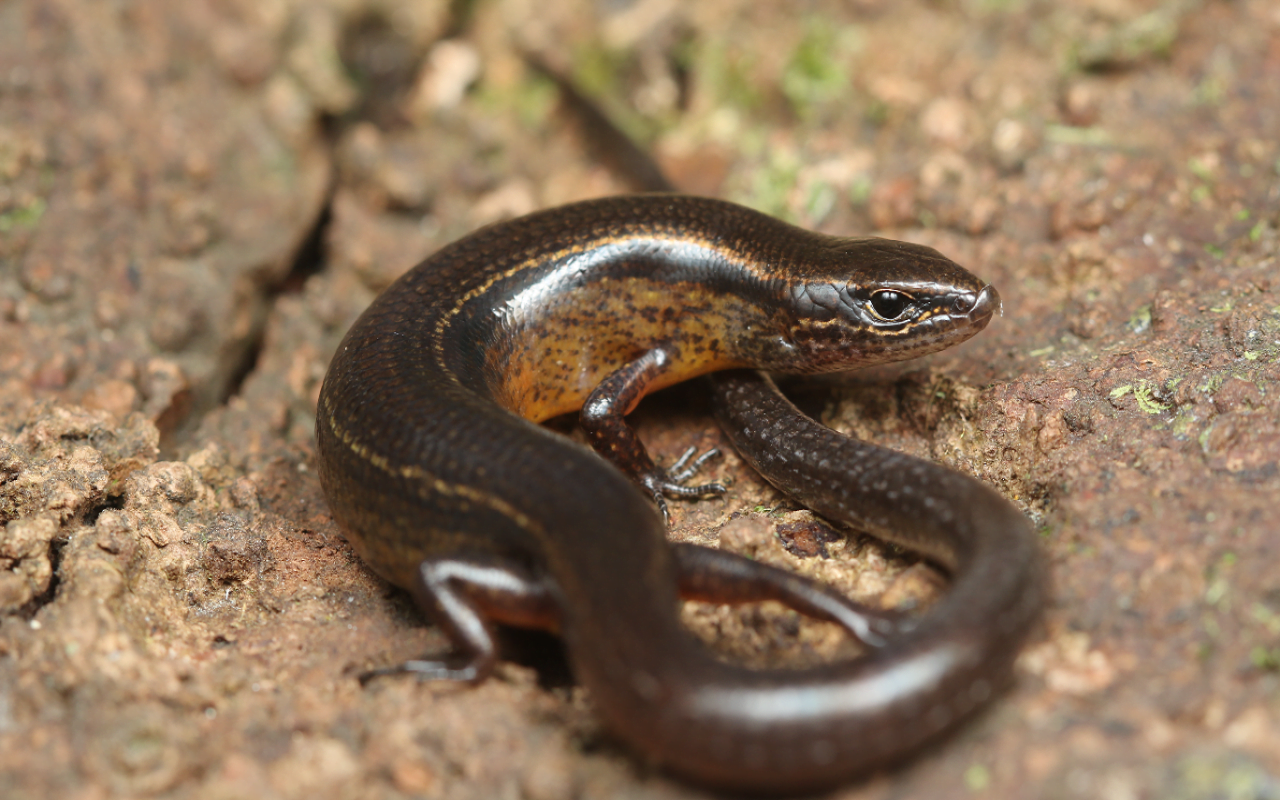In 2022, researchers at the California Academy of Sciences and their international partners discovered 146 new species of animals, plants and fungi. These animals and plants have never been seen before. They have been found in places like the mountains of California, the state of Queensland in Australia, the rocky peaks of Brazil and the coral reefs of the Maldives.

Scientists found new species on six continents and three oceans. Among the new species were 44 lizards, 30 ants, 14 flowering plants, 13 starfish, 7 fish, 4 sharks, 3 moths, 2 spiders and 1 toad.
Aaron Bauer, who works and conducts research for the Academy, has helped to more than double the species of small forest gecko in the mountains of New Caledonia. Almost every mountain in New Caledonia has its own species of Bavaria. It is often difficult to distinguish them from each other.
Harper Forbes and Prakrit Jain, both curators of arachnology at the California Academy of Sciences, worked to find two new species of scorpion. One of the scorpions, Paruroctonus soda, lives on land protected by the federal government. The other, Paruroctonus conclusus, does not have access to protected land. The discovery of animal and plant species in the outgoing year has sparked a stir.
A single solar farm, mine or housing development could wipe out an entire species, Forbes said in a statement. Shannon Bennett, chief of science at the California Academy of Sciences and a virologist, said research on new species is important for determining which ecosystems need the most protection.
These scientists are finding new species and researching them. They want to ensure that our natural world remains rich and diverse for future generations.
Frank Almeida, emeritus curator of botany at the California Academy of Sciences, and research assistant Ricardo Pacifico discovered the new flowering plant thousands of miles away on the summit of Campo Rupestre in Brazil.
Scientists say the climate crisis is causing environmental changes that could make it harder for newly discovered flowering plants to survive. If this continues, the plants may die.
